|
Blogs should always, where possible, be titled with a terrible pun. This one is occasioned by the Estorick Collection, a small modern Italian Art museum, located about 5 minutes walk from Highbury and Islington Tube station and which re-opened this year after a refurbishment. Despite it being very near me I have not been to the Estorick for about 5 years. I keep trying to go on Mondays and forgetting it is closed. You have to pay for entry, just under £7. The theme of the place is modern Italian art, based on the collection of the founder Mr Estorick, hence the name. There are 6 small galleries and a library. The display changes with a combination of a temporary exhibition, taking up a variable number of galleries, and the permanent collection. All have an Italian theme of some sort. Last time I went they had an excellent exhibition about the fashion designer Missoni. Currently, and helpfully by the time this blog is published it will be on its final day, there is an exhibition of British art from the Italian front in the first world war called War in the Sunshine. It was this that drew me to go to the museum in the first place although I am also looking to return for the upcoming Giacomo Balla exhibition. War in the sunshine occupied the two galleries on the ground floor. Note; the Estorick is housed in an old town house and is over 3 floors (4 if you include the library) and is not access friendly, the upper floors can only be accessed by means of a quite narrow staircase. Anyway, one of the galleries was given over to the photographs of William Brunell and Ernest Brooks. Historically interesting but I have never been that taken by photography. Much more interesting was the first gallery which included the work of Sydney Carline (who you can also see at the Imperial War Museum). There were a series of oil-paintings (like the one below) and sketches. The paintings themselves have a certain Paul Nash quality to them. As paintings, they lack a certain impact, they are not that good and a little flat. What interested me was the subject matter. Apart from the abstract work of Peter Lanyon and Richard Deibenenkorn these were one of the few examples of figurative aerial views that I had seen. Especially interesting were sketches of various scenes, including for example the strafing of an Austrian column of infantry, which were done contemporaneously while the artist was in the air (he was a pilot, flew Sopworth Camels and other aircraft). This brings an extra dimension to the work, to me at least and allows, for example when looking at the picture below, to feel yourself the fourth plane in this patrol. This is the third time of writing this as weebly has conspired to fail to save my previous drafts. Despite this vexatious occurrence I shall preserver. Ascending the stairs you encounter the permanent exhibition. The theme of the permanent exhibition is modern and modernist Italian Artists (men all, not women in this museum). The painting that hits you in the face as you enter the first gallery is Umberto Boccioni’s Modern Idol (below, bottom left). The colourful, bright flowers, and the pursed lips contrast with the dark glowering eyes and the strange alien looking globes zooming out of the centre draw you in. It is quite a piece. A particular favourite is Leaving the Theatre by Carlo Carra (below, top left). It is a beautiful piece in blues and reds with the figures rising out of the pavement and the dark carriages in the background. I like it very much. I am glad I encountered it. Opposite it is the colourful, psychedelic Music by Luigi Russolo. What you cannot see from the photo is the glowering nature of the face and the multiple hands hammering at the keyboards. It is an engaging piece in a way but also oddly flat and the orbiting faces remind me of jelly babies. Another favourite is Gino Severini’s the Boulevard. It is deceptively simple with its geometric shapes of colour, which also coalesce to form the skyline. I particularly like the way they intersect the dark figures. The colour scheme and composition give an effectively wintery theme to the piece. A more subtle genre, includes another by Severini called Dancer (below , top left) , swirling patterns in oils and pastel. It would seem that using pastels for abstract art is not as novel idea as I first thought. The elegant soft blue lines (below, bottom left) is a small but delightful piece by Giacomo Balla. Again it looks simple but is very effective. This backed up my desire to see his upcoming exhibition. It is always interesting to me when you are drawn to quite diverse styles of picture and they turn out to be by the same artists. In this case Carlo Carra’s black and white work in charcoal (below, bottom right). I like gazing at works like these, seeing the geometric shapes and trying to pick out coherent images from the picture. This is a good example of how the name of a piece changes how you perceive it. This one is called The Boxer. Once I knew this I thought I could make out eyes and a boxing glove. Ardengo Scoffici’s Planes of a Lamp (below, top right) is another such example. It is very Braque like and is displayed standing in a glass case as a few years ago another painting called the bathers was discovered on the back. I like the textures of this and the way in which each shape is not a single block of colour but the colours blend from one to another. Once of the few names that rang a feint bell was Giorgio De Chirico. He was represented by the oddly named The Revolt of the Sage (below, top left). Perhaps is I had a better knowledge of classical literature the picture would match the name in some way. Elegantly and finely rendered, it has to me a nautical feel to it. I don’t really like etching most of the time. I find them dull. Giorgio Morandi’s Still Life with Five Objects (below, bottom left) really intrigues me though. I keep coming back and back to it and it has become one of my favourite pieces in the show. The rendering of the objects and particularly the light and shadow really appeals to me. Massimo Campigli’s Two Women (below, top right; the only women in this gallery are in the paintings!) has an oddly classical, Greek or Roman like feel to it. I like the beige colour scheme and the way one woman is looking at you and one looking away. Not everything in here is painting. There is quite a bit of sculpture. My favourite is Medardo Rosso’s sculpture (below, bottom right). I like its bobbly nature and the way it uses the human capacity to shapes, and particularly human faces in things, to bring the face out in the sculpture. I enjoyed the Estorick. It is quite a small gallery and can be taken in during your average lunchtime. I intend to go again. The website shows works that weren’t on display during my visit and I hope that on future occasions the will be.
1 Comment
|
Archives
June 2024
Categories |
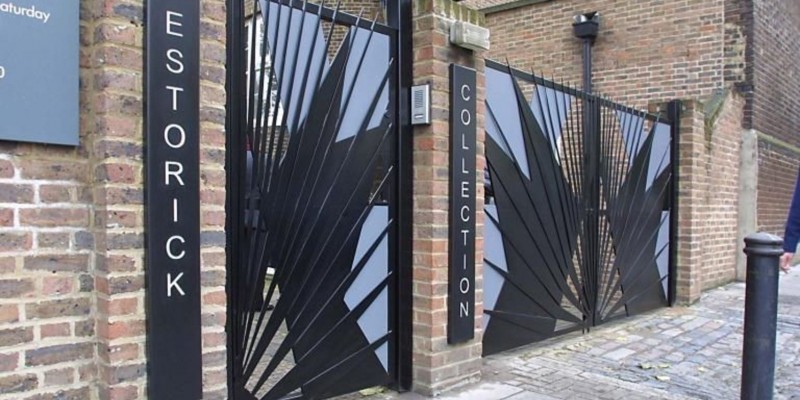
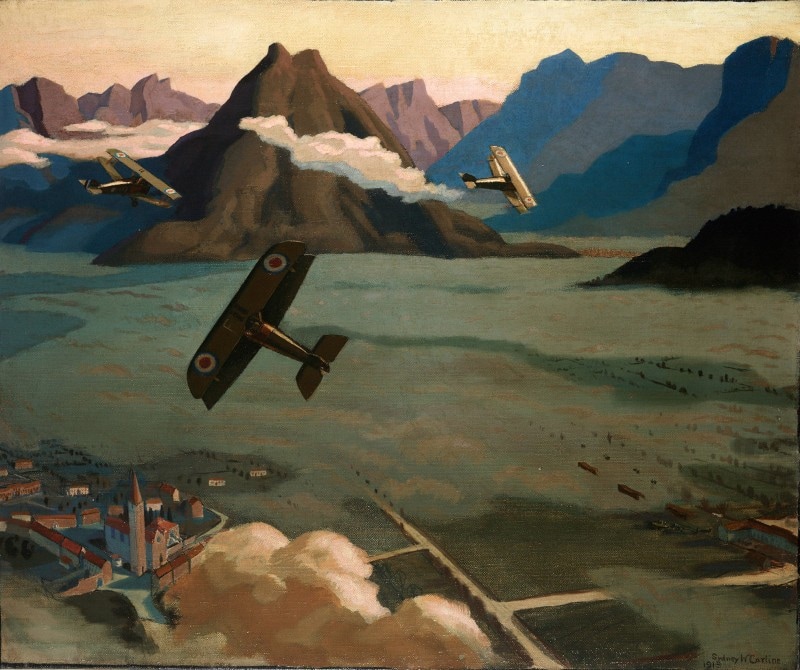


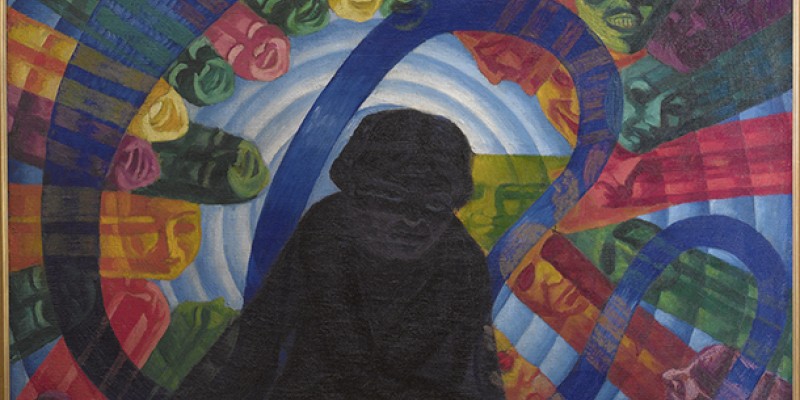

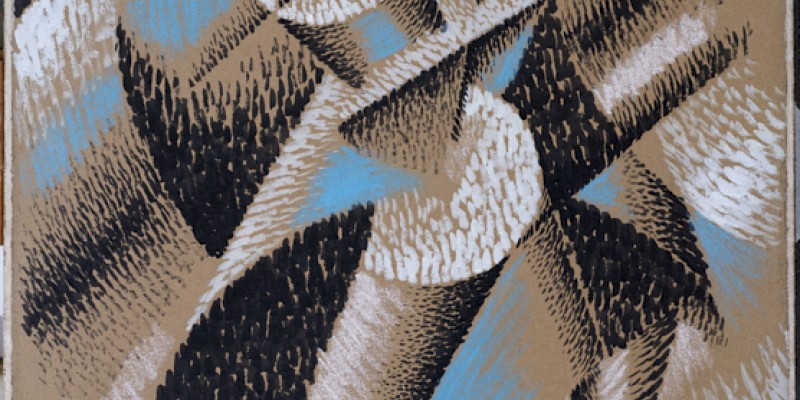
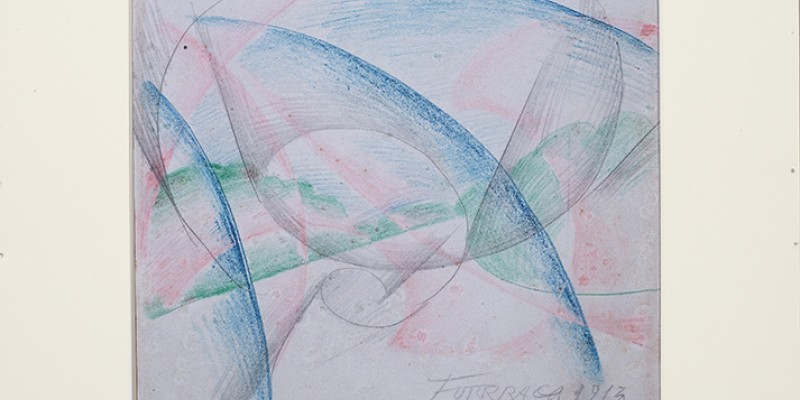
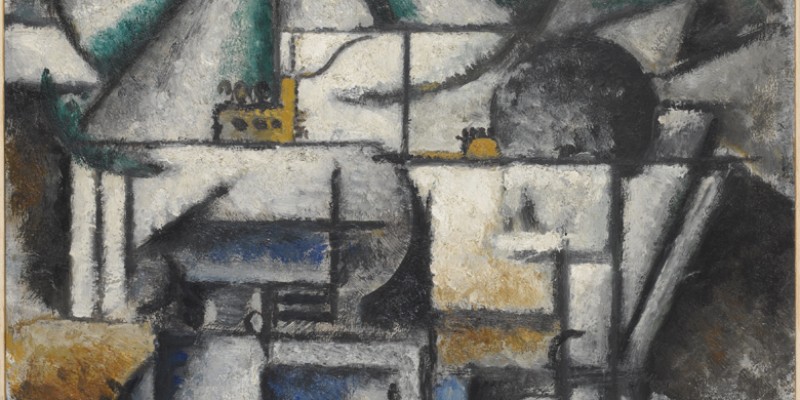
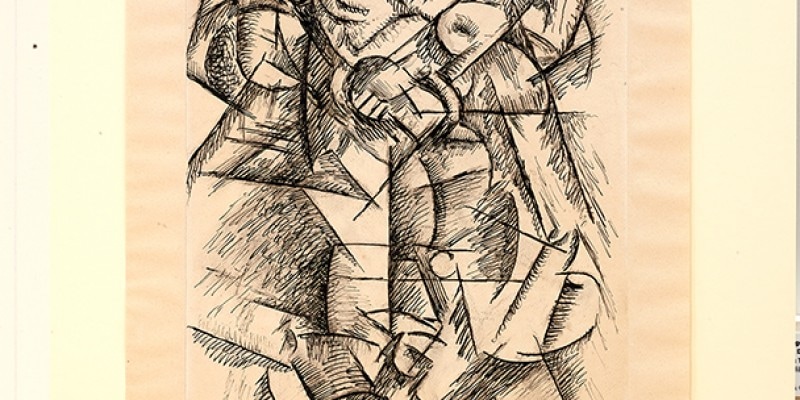


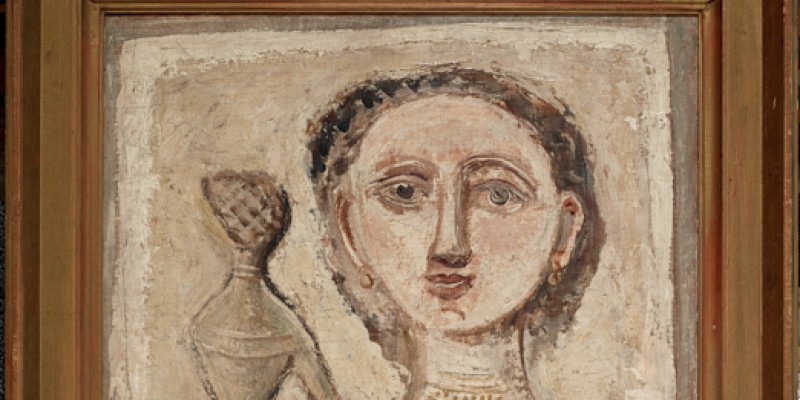

 RSS Feed
RSS Feed